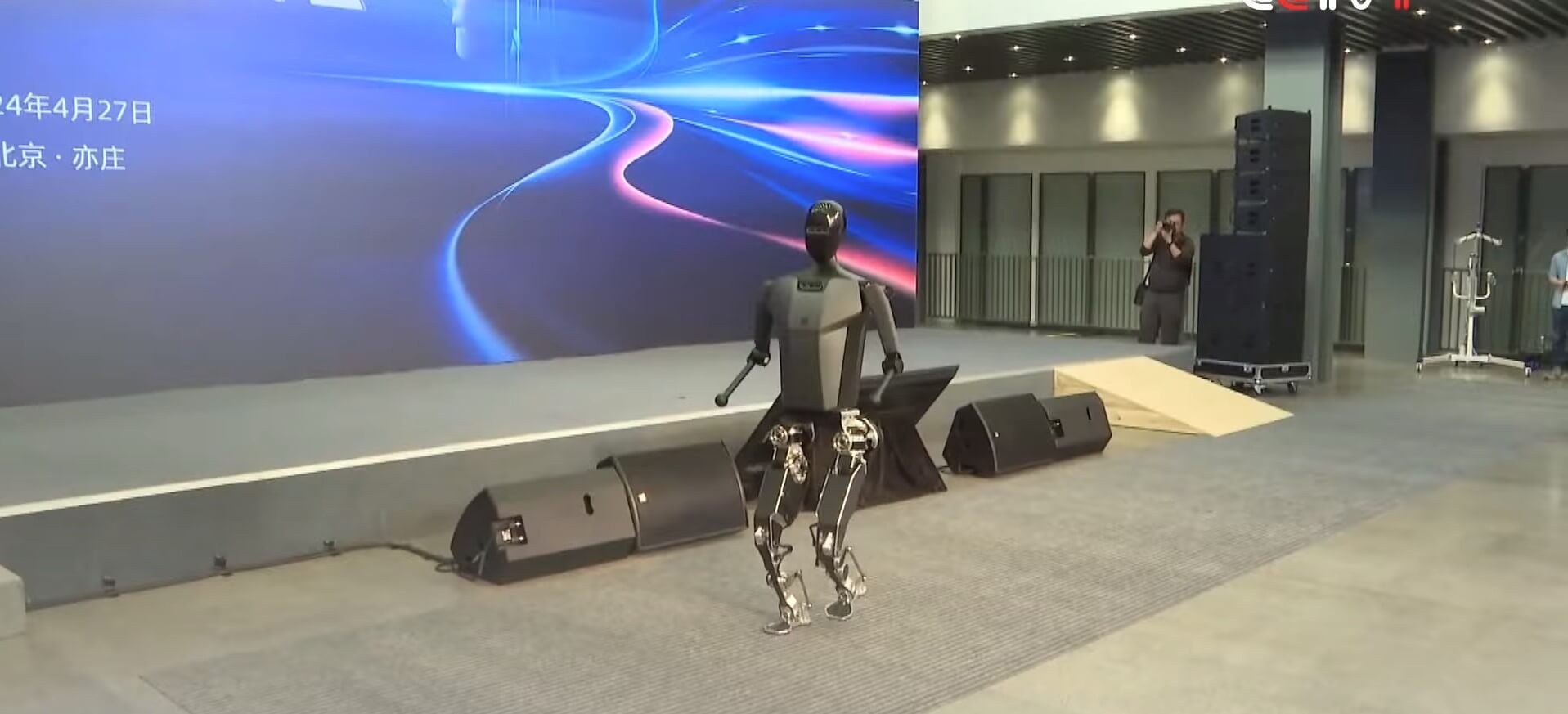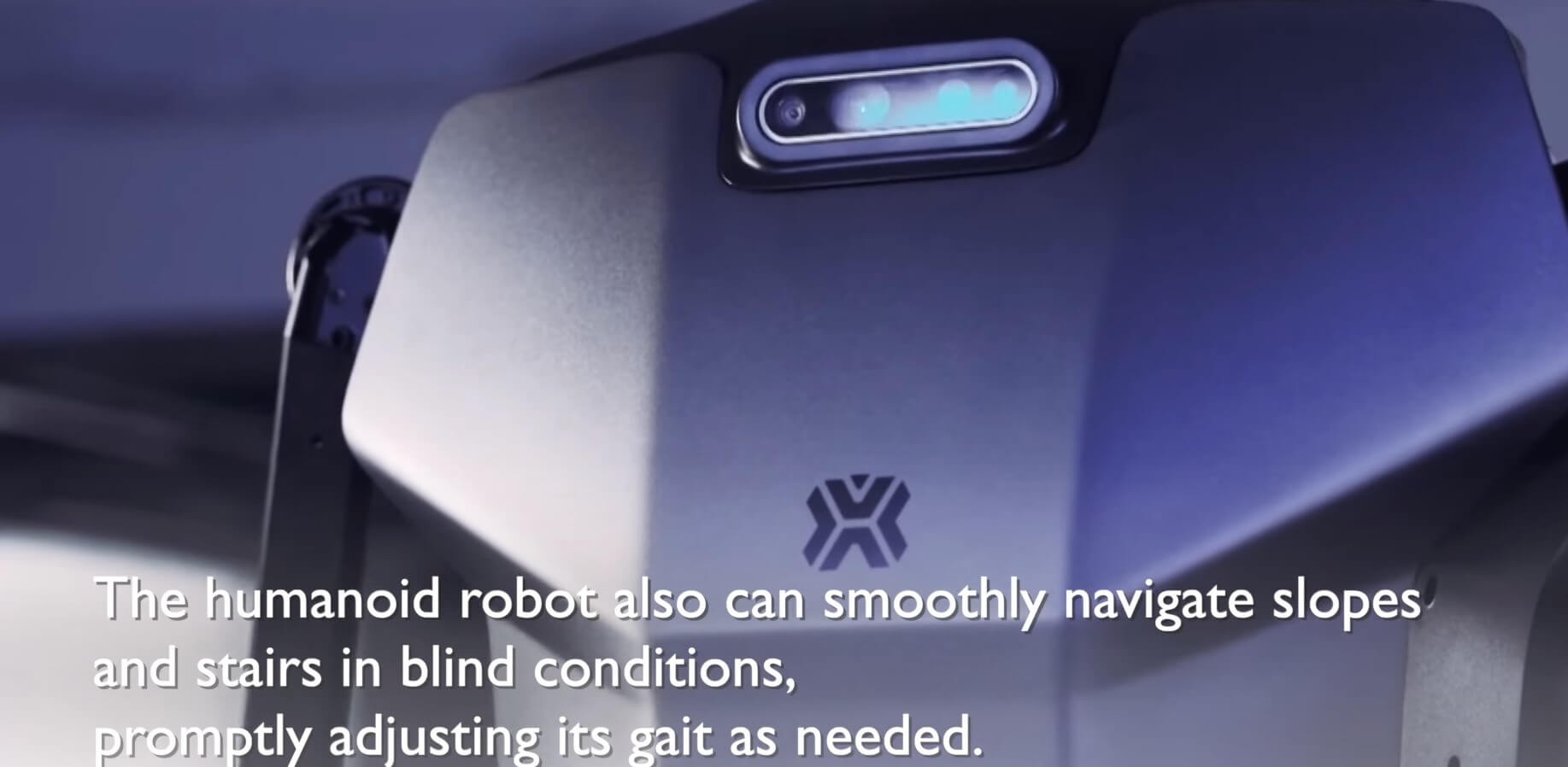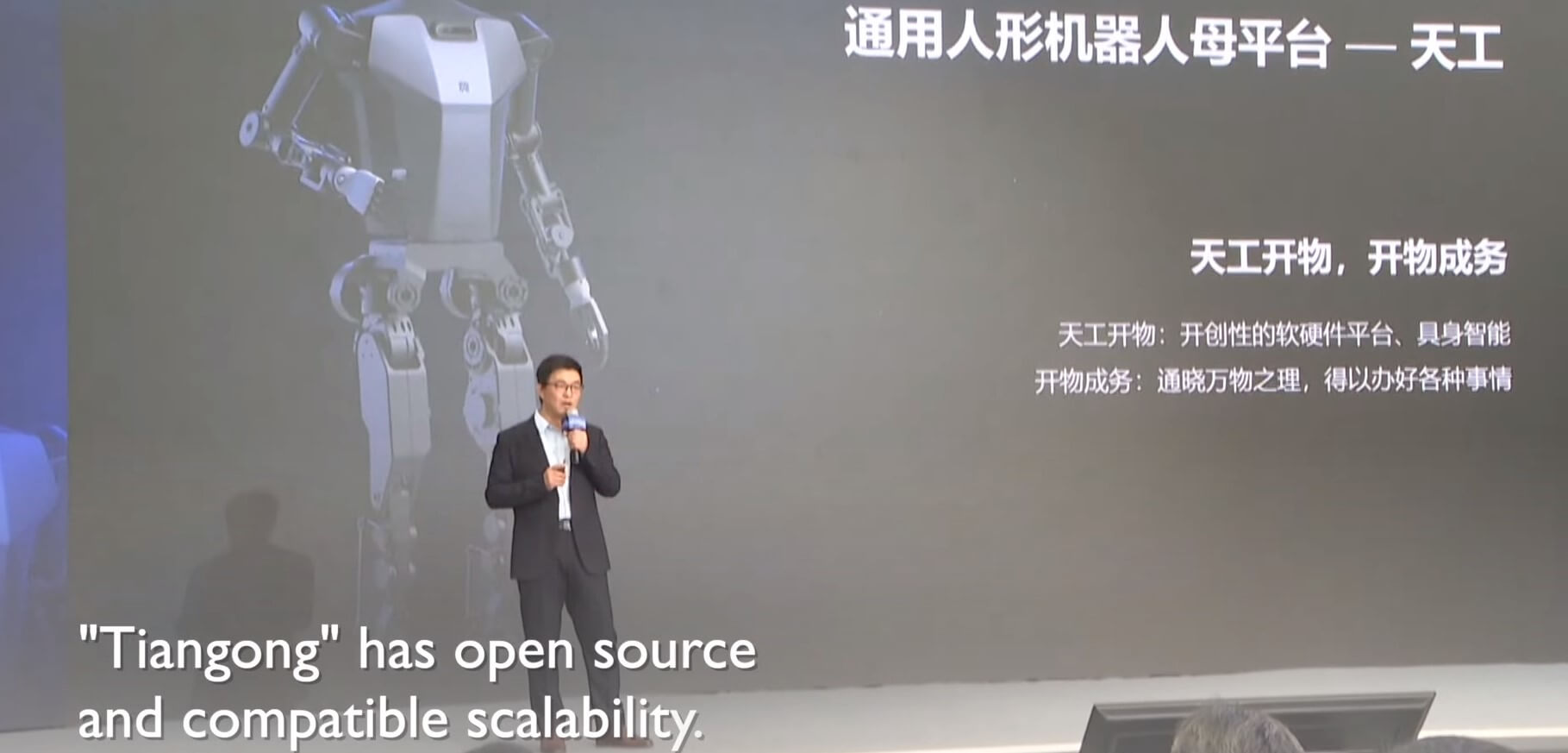Analyses
China could mass-produce robots as early as next year, and by 2027 it could be producing thinking humanoid machines

The world’s first all-electric robot, the Tiangong humanoid robot, was developed by the Beijing Humanoid Robot Innovation Center Company and unveiled on May 4 at the Zhongguancun 2024 event in Beijing’s Economic and Technological Development District, reports the Society of Interested Engineers. The fully electric robot combines advanced sensor and motion control technologies.

The robot is not very big – it is only 1.63 metres tall and weighs 43 kilograms – but it can travel at a speed of 6 kilometres per hour. The machine is equipped with a range of sensors for visual perception and 3D vision, as well as a high-precision six-axis force sensor for accurate force feedback. Perhaps the most remarkable feature of the Tiangong is its processing capacity, which reaches 550 trillion operations per second.
The Tiangong humanoid robot is designed to be agile and adaptable – which it can do with the help of its electric drives. These actuators allow the robot’s head, arms and legs to move in multiple directions.
The robot learns to move using a technology called “State Memory-based Predictive Reinforcement Imitation Learning”. This method is based on reinforcement learning – that is, the robot learns how to move naturally and efficiently by trial and error. The “State Memory” part of the above terminology means that the robot can remember and analyse its previous movements, so it can make predictions about its next movements.

This learning process allows the robot to perform natural running movements and even navigate complex terrain such as slopes and stairs without visual input. Tiangong can therefore anticipate and react appropriately to different physical obstacles without being able to see them.



